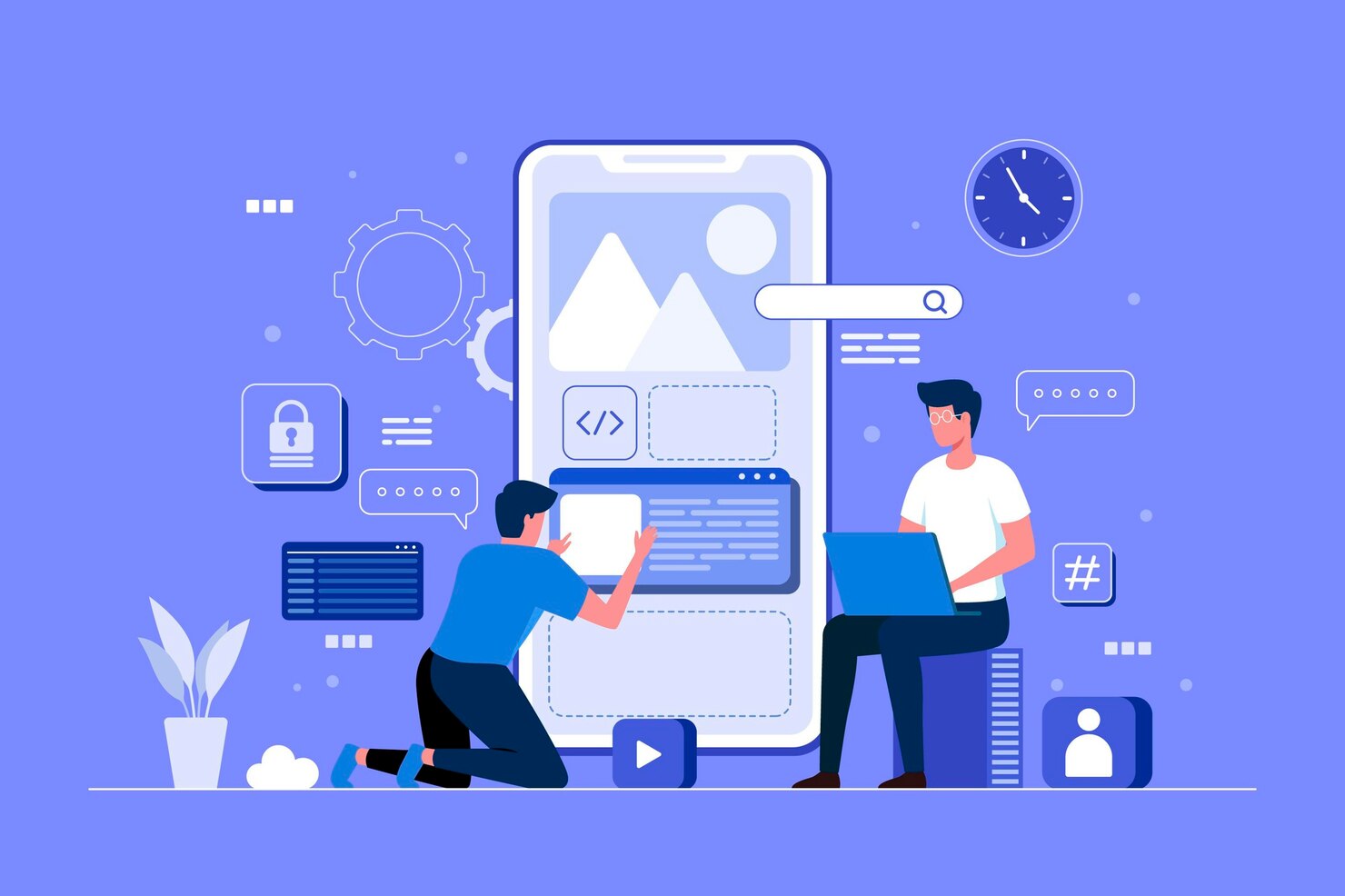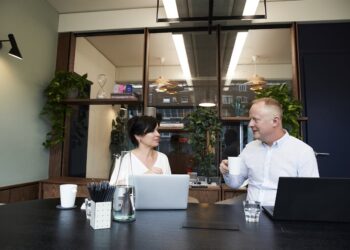In the fast-paced digital media environment, you have only a few seconds to make an impression. Whether it is an advertisement, a website, or an email, a viewer’s eyes are determining where to focus well before their brains begin processing the message.
So how do we know what people are seeing? This is where the world of visual attention comes into play, and it is much more nuanced than you may think. We will take you through the fundamental concepts, define the tools that measure attention, and explain how to effectively utilize them in making better designs.
What Is Attention and How Is It Different from Engagement?
The two terms are often confused, but they’re not the same.
- Attention is the likelihood of something being seen in the first 2-3 seconds of exposure. Think of it as the first “gaze” that the human eye is inherently drawn to. It is a baseline metric and the most fundamental of the two concepts.
- Engagement is the action a user takes. Did they click on a link? Scroll down the page? Make a purchase? Engagement is observable behavior, and comes after the first moment of attention.
An ad may grab a user’s attention, but not get them to click. A product page may have high visibility but lower conversions. Knowing the difference between attention and engagement is the first step to better campaigns.
Understanding the Tools: Live vs. Predictive Eye-Tracking
For decades, the benchmark for assessing what people see has been live eye-tracking. This type of assessment involves physically bringing real participants into a laboratory and then using specialized hardware to simultaneously capture their eye movements in real time. It yields direct, physiological data about a user’s authentic response to a design. The drawback is that it can also be costly and labor-intensive.
This is where a new category of tools comes in: predictive eye-tracking. Predictive eye-tracking tools are typically software designs, like Brainsight.app, which uses advanced AI-based modeling to predict what viewers will likely see first. It does not measure a real person’s eye movement. Rather, the software generates a prediction based on a large dataset of human viewing behavior.
Brainsight.app: A Rapid Assessment Tool, Not a Substitute for People
AI eye tracking software is a predictive visual attention tool that assists in quickly assessing the efficacy of creative assets. Instantly you can assess your creative asset’s design structure using the data. You can also:
- Test ads prior to running them. Will the audience see your logo, or the call-to-action?
- Enhance a web page UX – do your buttons and navigational elements stand out, or are they lost in all of the other screen elements?
- Do comparisons between creative variations – Upload multiple images, two, three or more to compare visual efficacy on visual attention.
Regardless – it’s all about efficiency. The tool allows you to be empowered by actionable data so you can adjust your execution in minutes, not weeks.
Utilizing Predictive Data for Actionable Results
Predictive tools can take you a long way, but they do have shortcomings. An AI model can predict what you are likely to observe, but it cannot provide insight into a user’s emotional state or predict their actions.
- Predictive heatmaps and attention scores are relatively reliable for screening, flagging potential visibility issues, and checking for a good visual hierarchy in your design.
- Real user behaviors are measured through behavioral data and A/B testing. Testing if the change you made resulted in an improved click-through rate, for example.
- Live eye-tracking and other physiological methods of data collection will lend additional insights into how someone emotionally and cognitively reacts.
To truly get the best of the best, you have to use a combination of methods. For example, you have a new ad campaign: you start with a predictive tool, test those options, and narrow down the options quickly. Then, the one you deem the best option from predictive testing, is one you then validate with an A/B experience or live user study. This method reduces your risk and ensures you are maximizing your creative assets.







